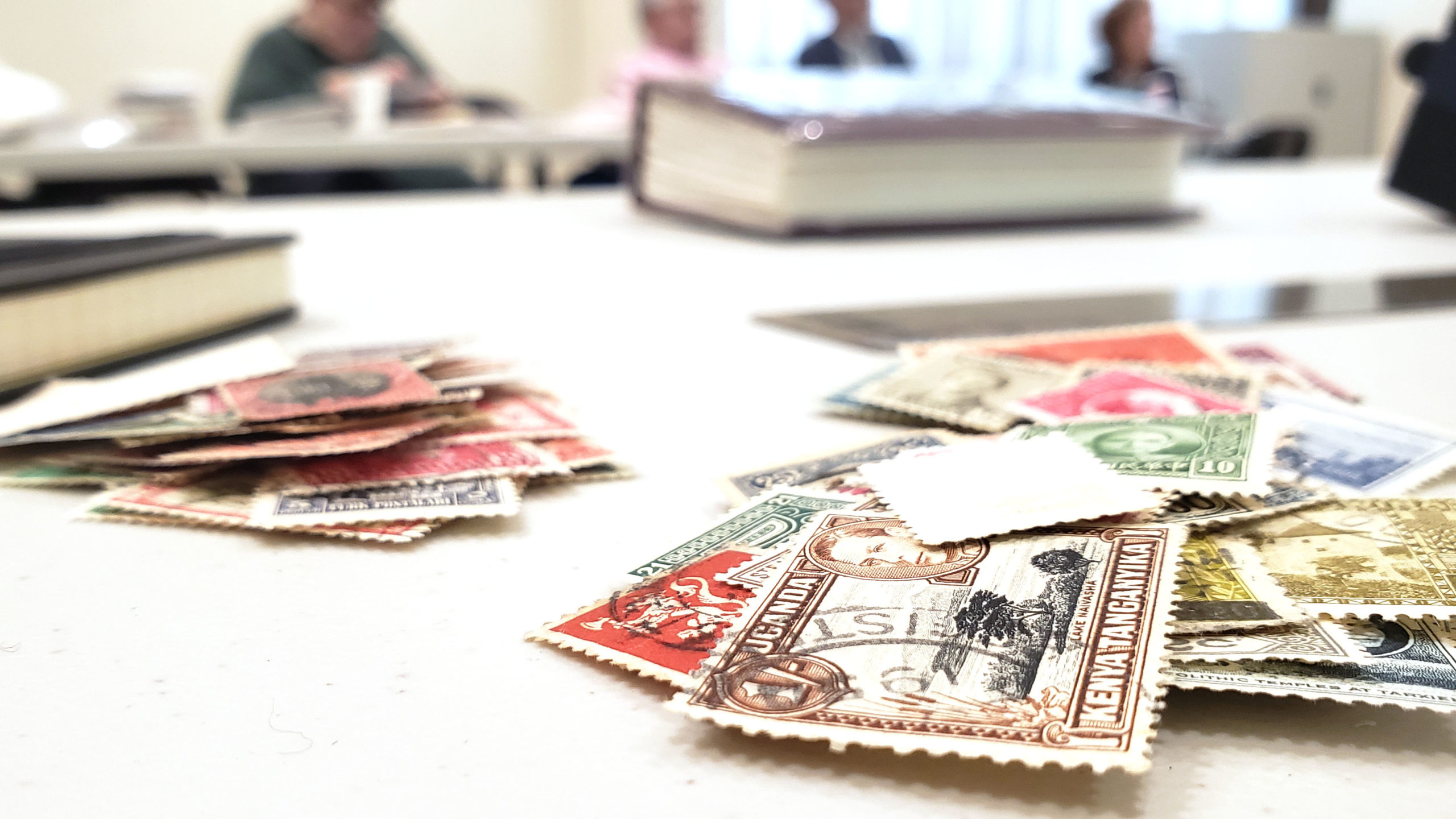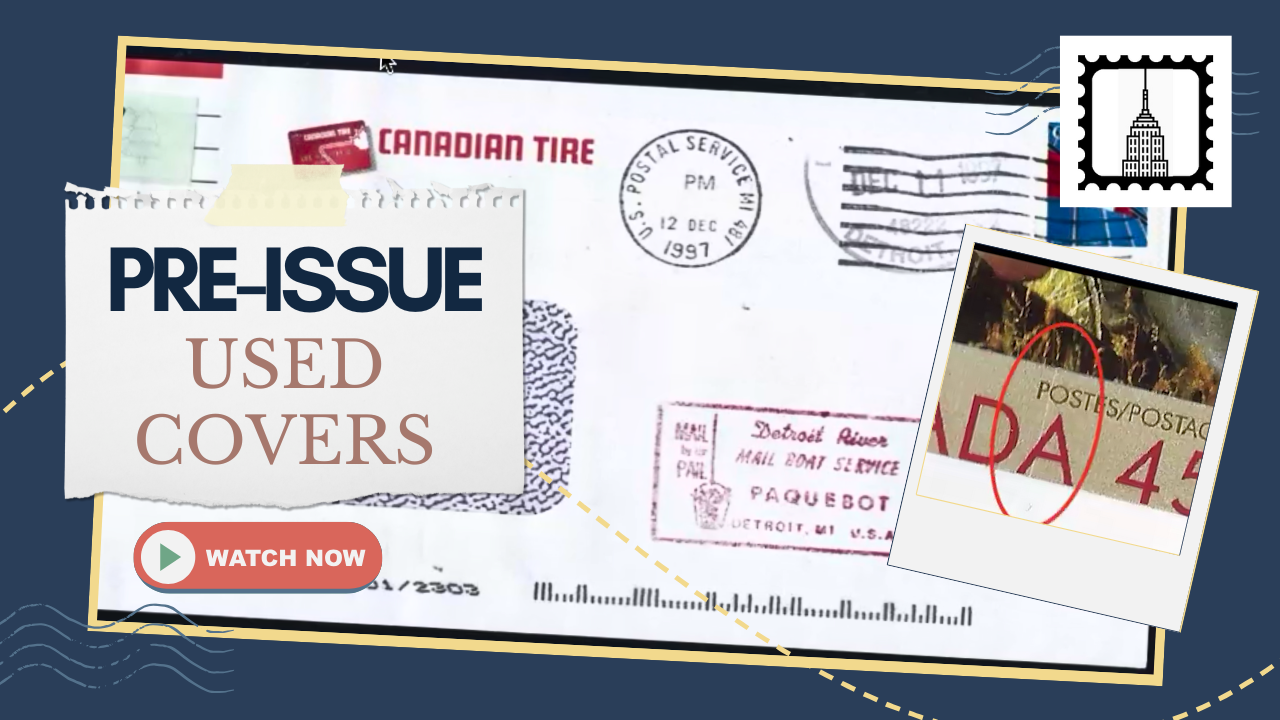Italy’s philatelic history is rich with both artistry and significance, and its first airmail stamp issue after World War II is no exception. Released in October 1945, this post-war set of airmail stamps reflects a transitional period in both the country’s history and its postal system. In a recent presentation, Roger Mooney offered insights into the origins, design, and significance of these stamps, along with the historical context in which they were issued.
Let’s take a closer look at these stamps, their unique features, and their place in Italy’s post-war narrative.
Introduction to the 1945 Airmail Stamps
In the aftermath of World War II, Italy issued a new set of airmail stamps, starting in October 1945. The set, consisting of nine designs, was printed in monochrome and features simple but impactful imagery. These stamps mark a significant shift from the pre-war and wartime issues, representing not just a resumption of postal services, but a message of resilience and renewal for the country.
The key designs include:
- An Airplane and Clasped Hands: A symbol of peace and collaboration.
- A Group of Swallows: Swallows, known for their graceful flight, represent the freedom of the skies and the future of aviation.
The Printing Process
The printing method used for these stamps has been a topic of some debate. According to Italian catalogs, the stamps were printed using a process called “roto-reviewed” or “sky photo-reviewed,” terms that describe a method involving light being passed through a photographic membrane, which affected the ink’s receptivity. Mooney speculates that this process may be similar to other photogravure methods used in stamp production.
Despite being monochrome, a stark contrast to the more colorful stamps Italy was known for, these stamps maintain a unique beauty, thanks to their intricate designs and detailed overprints.
Varieties and Overprints
Mooney highlighted the existence of several varieties of these airmail stamps, including those with different watermark types. Interestingly, while Italian catalogs list these varieties, the well-known Scott catalog does not. Overprints also played a significant role in this issue, as the stamps were used in territories with uncertain political statuses after the war, such as Northern Italy and Trieste.
Territorial Disputes and Overprints
At the time of the stamps’ release, Northern Italy’s territorial future was undetermined. Both Italy and Yugoslavia had competing claims over areas like Trieste, which became a hotly contested region. The overprints on these stamps reflect this uncertainty, with the stamps being used in disputed territories under international control. It wasn’t until 1953, eight years after the war, that a compromise was reached regarding Trieste’s status.
Design: Simplicity Meets Significance
Compared to Italy’s pre-war airmail stamps, which were often elaborate and colorful, the post-war designs are far simpler. However, this simplicity carries a strong message. The stamps focus on the concept of flight, using swallows and airplanes as symbols of freedom and progress.
Contrasting Pre-War Designs
Mooney pointed out the contrast between these post-war stamps and earlier Italian airmail issues. Pre-war stamps often depicted figures like Leonardo da Vinci, with detailed artwork and technical references to his flying machine experiments. These earlier designs were “busy” with both imagery and text, almost like plaques one would see in a museum. The post-war stamps, on the other hand, are more minimalist, emphasizing flight itself rather than individual genius or technical advancements.
The Caproni Jet and its Controversial Legacy
One of the most fascinating aspects of these stamps is the depiction of a jet plane, the Caproni Campini N.1, which was one of Italy’s early experiments with jet propulsion during the 1930s. The inclusion of a warplane on a post-war stamp raises questions about its appropriateness, given Italy’s role in World War II.
A Jet for Peace?
Mooney speculates that the image of the Caproni jet, coupled with the clasped hands motif, was a way for Italy to showcase its technical prowess while symbolizing peace. The Caproni Campini N.1 was believed to be one of the world’s first jet planes, although it was later revealed that Germany’s Heinkel company had flown a jet plane a year earlier. Regardless, Italy’s decision to display this achievement on a post-war stamp suggests an attempt to reshape its image as a technologically capable nation, but one now focused on peace.
Overprint Varieties and Rarities
Mooney also delved into the various overprint varieties found in this stamp set. Some stamps feature overprints that are upside down, while others show partial overprints or shifted designs. These varieties are highly sought after by collectors, with some rare examples fetching significant prices.
One notable example involves the overprint of “Lira 6” being absent or misaligned. Mooney shared a personal anecdote about purchasing a stamp with a faint overprint and sending it to the APS Expert Committee for verification. Despite a lengthy review process, the committee was unable to provide a definitive opinion, highlighting the challenges of identifying rare varieties in philately.
Conclusion: Airmail Stamps as Symbols of Post-War Italy
Italy’s first post-war airmail stamps are more than just functional items for postage. They reflect a nation in transition, emerging from the devastation of war and looking to the future with hope. The imagery of flight, swallows, and even a controversial jet plane all convey a message of progress and peace, while the overprints and varieties remind us of the political and territorial complexities of the post-war period.
For philatelists, these stamps offer a fascinating glimpse into Italy’s history, both as a reflection of the country’s past and as symbols of its post-war recovery.






